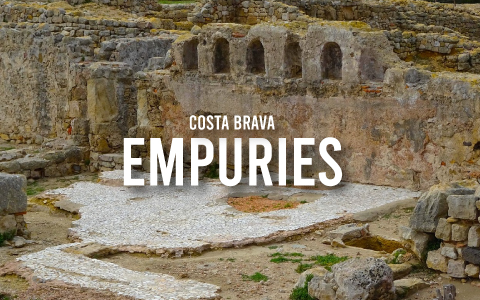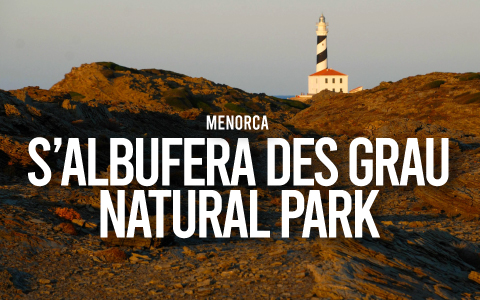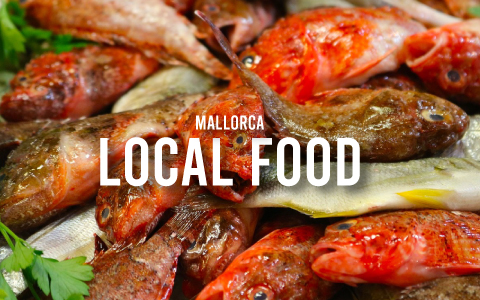
Empúries: The Greek Heart of the Costa Brava
The Costa Brava, with its golden sandy coves, charming villages, and crystal-clear waters, is one of Spain’s most dazzling treasures. From the timeless magic of Cadaqués, a haven for artists and painters, to lively Tossa de Mar with its medieval walled old town, and the postcard-perfect beaches of Begur and Calella de Palafrugell, every corner of this coastline offers dreamlike scenery. But the Costa Brava isn’t just about sunbathing and seaside bliss. It’s also a region rich in culture. Among its most captivating highlights are the Greek and Roman ruins of Empúries, that reveal over 2,000 years of history and encounters between civilizations.
A Journey Through the History of Empúries
Empúries was founded in the 6th century BC as a Greek colony by the Phocaeans, sailors from Asia Minor who had already settled in Massalia (modern-day Marseille). Attracted by the strategic location of the bay and the commercial opportunities of the inland territories, they first established a small settlement called Paleapolis. A few decades later, they founded a larger and better-organized city: Neapolis.
Thanks to the privileged position, Empúries soon became a crossroads for trade between the western Mediterranean and local Iberian populations. Trade brought wealth but also cultural and artistic exchange. Then, in the 2nd century BC, the arrival of the Romans changed the town profoundly. They built thermal baths, temples, and a forum, giving Empúries the distinctive layout of a Roman city while blending it with the earlier Greek foundations.
Yet, Empúries’ strategic importance didn’t last forever. As trade routes shifted, the city was gradually abandoned between the 5th and 6th centuries AD. Buried beneath sand and forgotten for centuries, it was rediscovered thanks to archaeological excavations begun in the early 20th century.
What to See When Visiting
Today, Empúries is one of Spain’s most fascinating archaeological sites, thanks to both the quality of its remains and its spectacular setting just steps from the sea.
Here are the must-see highlights:
1. The Greek Neapolis
Explore the remains of defensive walls, paved streets, and foundations of homes, workshops, and temples. A highlight is the reconstruction of the mosaic dedicated to Asclepius, the Greek god of medicine. The original statue of Asclepius is preserved in the on-site museum.
2. The Roman Quarter
Larger and more elaborate, the Roman section showcases classic urban elements: the forum, thermal baths, the remains of a civic basilica, and several domus decorated with intricate mosaics. It’s fascinating to see how the Romans integrated and reorganized the earlier Greek space.
3. The Archaeological Museum
Located at the entrance to the site, the museum houses a rich collection of artifacts discovered during excavations: black- and red-figure Greek pottery, coins, amphorae, tools, and jewelry. It offers deeper insight into daily life in Empúries and the site’s evolution across centuries.
4. The Surrounding Landscape
Empúries’ setting is part of its magic. On one side lie the ruins; on the other, the beach and the sea, with sweeping views of the Gulf of Roses. The blend of archaeology and nature makes the visit truly unforgettable.
The visitor trail is well marked and supported by multilingual information panels. In summer, the site also organizes themed guided tours and family-friendly activities, making the experience even more engaging.
How to Get to Empúries and Useful Information
The ruins of Empúries are located near the village of L’Escala, in the province of Girona, and are easily accessible by car via the AP-7 motorway (exit Girona Nord or Figueres), then following signs for the Costa Brava. It takes about 1 hour. In summer, bus connections are also available from Girona and several coastal towns.
The site is open year-round, with seasonal opening hours. An entrance ticket is required, but free admission is available on certain special days, such as International Museum Day.
What to See Nearby
A visit to Empúries pairs perfectly with other experiences in the region:
- L’Escala: This charming fishing village is famous for the anchovies and the dedicated festival, and for the scenic seaside promenade.
- Sant Martí d’Empúries: Just a few kilometers north, this picturesque medieval village boasts cobblestone streets and stunning coastal views.
- Castelló d’Empúries: Further inland, this historic town features the Basilica of Santa Maria and a well-preserved Jewish quarter.
- Parc Natural dels Aiguamolls de l’Empordà: A protected natural reserve, perfect for birdwatching and wildlife lovers.
- Beaches of the Costa Brava: Just minutes away, you’ll find some of the most beautiful beaches on the coast, ideal for combining history, nature, and relaxation.



